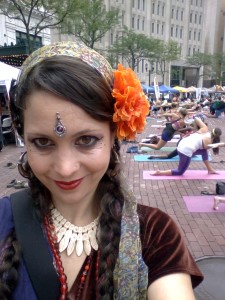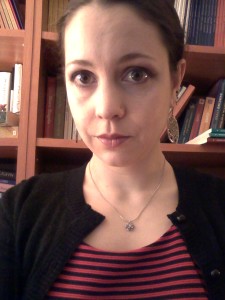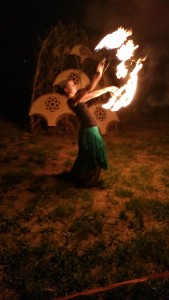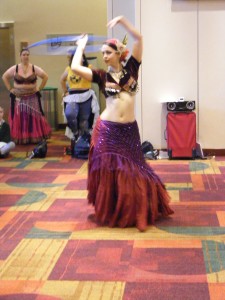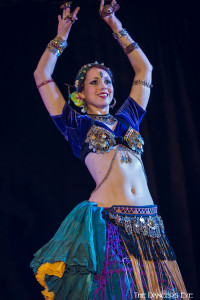
Painting by Edwin Henry Landseer, in public domain. You get the reference, I hope.
Welcome to another tongue-in-cheek post about folklore studies pet peeves. This one is about how to approach the study of fairy tales from a perspective that is, well, not dick-ish.
First, we have to clear up the misconception that just because something is in public domain, or has been widely experienced, it doesn’t mean that everyone’s qualified to talk about it in a scholarly fashion. I’ve found this phenomenon occurring about folklore in general (see my blog post on the topic) and also about fairy tales specifically. So, even if you’ve seen every Disney movie and even started to poke around the scholarly web a bit (not that there’s anything wrong with, say, SurLaLune and Dr. Ashliman’s folk-texts, but they’re starting points for further research the same way Wikipedia is), please consider taking some of the suggestions in this blog post.
Next, please be aware of existing folklore scholarship on fairy tales. As my colleague Will Pooley points out, “folklorists are THE experts on oral narratives, such as fairy tales.” We’ve “developed tools and methods for studying this material, but the clickbait stories about ‘myth’ and ‘fairy tales’ often ignore this expertise, preferring dramatic accounts of undiscovered materials.” So I guess it’s not a big surprise, given this reporting trend, that a lot of folks come away with the impression that you can blithely say whatever you want about fairy tales and folklore.
For example, I wrote about hearing a conference paper on “Cinderella” that ignored all existing folklore scholarship on the tale type. This exemplifies my two previous points – someone thinking they’re qualified to present scholarship on fairy tales because I don’t even know why, and ignoring existing folklore scholarship – but in addition, the author got defensive when I politely pointed out that maaaaybe their methodology needed some work.
Snark aside, here are some ideas for how to not draw the ire of folklorists and fairy-tale scholars if you want to come play in our sandbox.
- Cull the phrase “the original” from your language. Just do it. In a handful of instances, we can identify the first time a fairy-tale plot or motif appeared, as is the case of Hans Christian Andersen’s literary tales (because his “The Little Mermaid” was the first text with its particular synthesis of mermaid motifs from legend, fairy-tale elements like the quest for love, and so on, and it went on to inspire future versions). But mostly, because of the dense interconnection between fairy tales and folklore/oral tradition, it’s impossible to say when a given tale was the ACTUAL first time something appeared, and not just the first time somebody happened to write it down.
- Be aware of some of the main methods and theories for studying fairy tales. If you are absolutely undeterred from studying origins, for example, make sure you’re familiar with the historic-geographic/Finnish method. If you’re into structuralism, read Vladimir Propp’s Morphology of the Folktale (bonus points for chasing down Bengt Holbek’s simplification of Propp’s 31 narrative functions into 5 moves). Learn what a tale type is. For psychological approaches, get your hands on some of Alan Dundes’s work, because while he’s biased toward the Freudian side of things, he’ll at least mention some of the Jungian stuff out there (I summarize some of the symbolic approaches to fairy tales in my master’s thesis). Max Lüthi’s work does a great job explaining the literary and stylistic qualities of fairy tales. For Marxist approaches you’ve GOT to read Jack Zipes, and for feminist approaches, Donald Haase’s edited volume is a fine start. Heck, we even have digital approaches to fairy tales these days!
- Make sure you cite existing fairy-tale scholars and scholarship. That includes those of us still alive and kicking, not just references to the greats of the last century. Pick a handful from this list, and acquire their books and articles (many are available in the journal Marvels & Tales, which you can buy issues of or read online from a university computer): Jack Zipes, Donald Haase, Maria Tatar, Cristina Bacchilega, and Marina Warner. Some of my colleagues are doing great work editing and making accessible the work of others, like Pauline Greenhill, Jill Terry Rudy, and Kay Turner, with their own work appearing too in excellent volumes like Transgressive Tales and Channeling Wonder. There are some folks in my cohort of younger scholars doing great work as well. Not all of us have books out yet, but look for our blog posts and journal articles: Claudia Schwabe, Christy Williams, Veronica Schanoes, Linda Lee, Adam Zolkover, Brittany Warman, Sara Cleto, and, of course, myself. Most of these are my American colleagues; I could go on about fairy-tale scholars and folklorists in other countries!
These are just the suggestions off the top of my head; I’m sure I’m forgetting some folks who should be included. The field of fairy-tale studies has a centuries-long history, with its own internal vocabulary, paradigms, and debates. If you plan to play in our sandbox, please familiarize yourself with our history. It’s only polite… and it makes you that much more likely to be taken seriously by us.
Fairy-tale scholarship is a thriving, complex, wondrous field. It is at once highly intellectual and confoundingly creative. We’re working at the intersections of folklore, pop culture, and literature, and with theoretical concerns ranging from psychological symbolism to feminism to aesthetics. If you want to come play with us, please do – but tread as respectfully as you would if interacting with actual fairies. I’m not saying we’re quite that temperamental, but, well, we also get cranky when people come uninvited into our territory and starting flinging their uninformed selves around.

